What Are the Core Tenets of Cell Theory, and How Do Prokaryotic and Eukaryotic Cells Differ?
Published on 03/06/2025 · 6 min readLet's break down the word "biology." As the study of etymology tells us, "bio" means life, and "logy" (from "logos" or "logia") means the study of. So, simply put, biology is the study of life. And what's the basic unit of life? You guessed it – the cell! Our bodies are made up of around 100 trillion cells – pretty mind-blowing, right?
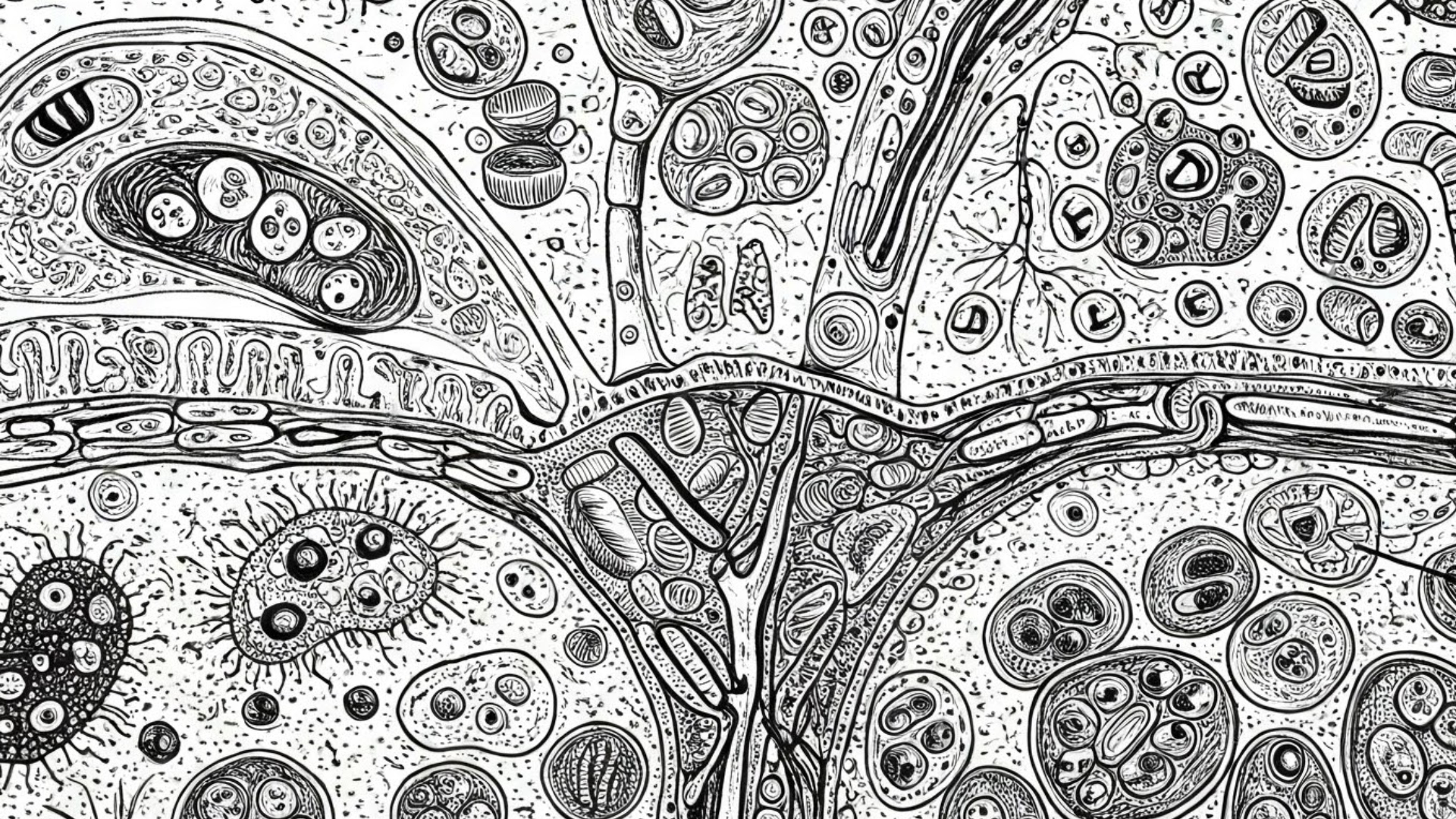
Table of Contents
Understanding the Basics: Biology and the CellProkaryotes vs. Eukaryotes: Two Domains of LifeProkaryotes: Before the NucleusEukaryotes: True NucleusThe Four Fundamental Concepts of Cell TheoryA Note on VirusesFrom Cells to Organisms
Prokaryotes vs. Eukaryotes: Two Domains of Life
We broadly categorize living organisms into two main types based on their cellular structure:
Prokaryotes: Before the Nucleus
The term "prokaryote" literally means "before nucleus." These cells have some defining characteristics:
- No membrane-bound nucleus: Their genetic material is located in a region called the nucleoid. Think of it as a nucleus-like area, but without a surrounding membrane.
- No mitochondria
- No other membrane-bound organelles
- Naked and circular DNA
- Generally unicellular
- Reproduce via binary fission
- Examples include bacteria.
Eukaryotes: True Nucleus
On the other hand, "eukaryote" means "true nucleus." These cells are more complex and feature:
- Membrane-bound nucleus: Their DNA is enclosed within a distinct nucleus.
- Mitochondria
- Other membrane-bound organelles
- Protein-bound and linear DNA
- Can be unicellular or multicellular
- Reproduce via mitosis or meiosis
- Examples include human beings.
The Four Fundamental Concepts of Cell Theory
The cell theory is a cornerstone of biology. It outlines the essential principles that govern all living organisms:
- All living organisms are composed of cells. This might seem obvious now, but it was a groundbreaking realization!
- The cell is the basic functional unit of life. Everything that defines life happens at the cellular level.
- Cells arise only from pre-existing cells. This principle, known as omnis cellula e cellula, tells us that new cells are created by the division of existing ones.
- Cells carry genetic information in the form of DNA (deoxyribonucleic acid). This DNA is passed from parent cells to daughter cells.
A Note on Viruses
It's important to mention viruses. They're a bit of a special case because they don't reproduce on their own; they require a host cell. Additionally, their genetic information is often RNA, not DNA. Because of these differences, the last two tenets of cell theory don't strictly apply to viruses, which is why they're often considered to be on the borderline of being classified as living organisms.
From Cells to Organisms
Cells are organized into increasingly complex structures:
- A group of similar cells forms a tissue.
- Different tissues working together form an organ.
- Multiple organs cooperating create an organ system (like the circulatory, respiratory, or digestive system).
- Organ systems work together to carry out the functions of a complete organism.
Shop related blood tests
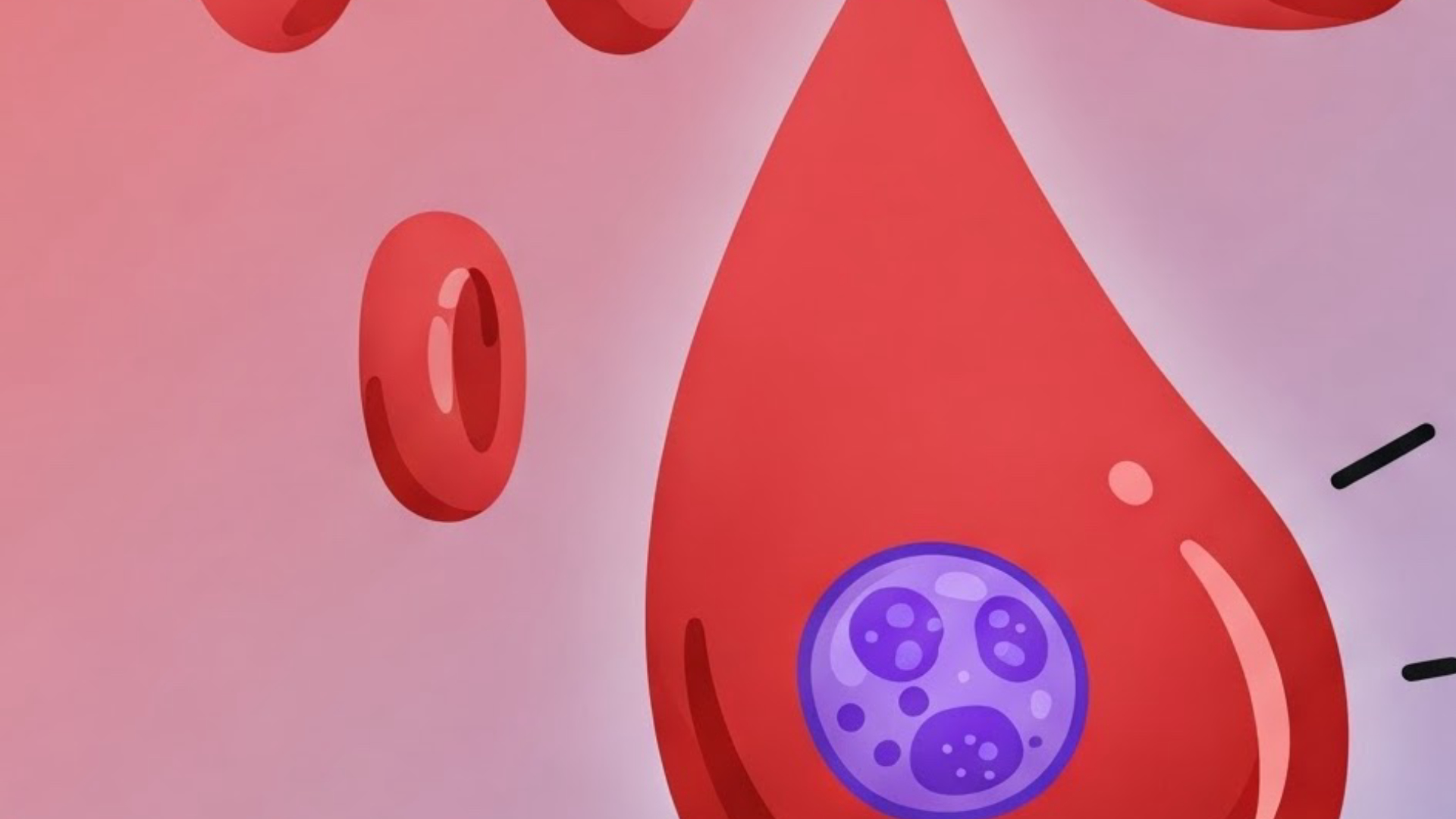
CBC (H/H, RBC, Indices, WBC, Plt)
This Complete Blood Count is a fundamental test that assesses the cellular components of blood, including red blood cells, white blood cells, and platelets. While the blog post doesn't directly discuss blood cells in detail, the CBC provides a basic overview of the body's cellular health, which aligns with the foundational concept of cells as the building blocks of life.
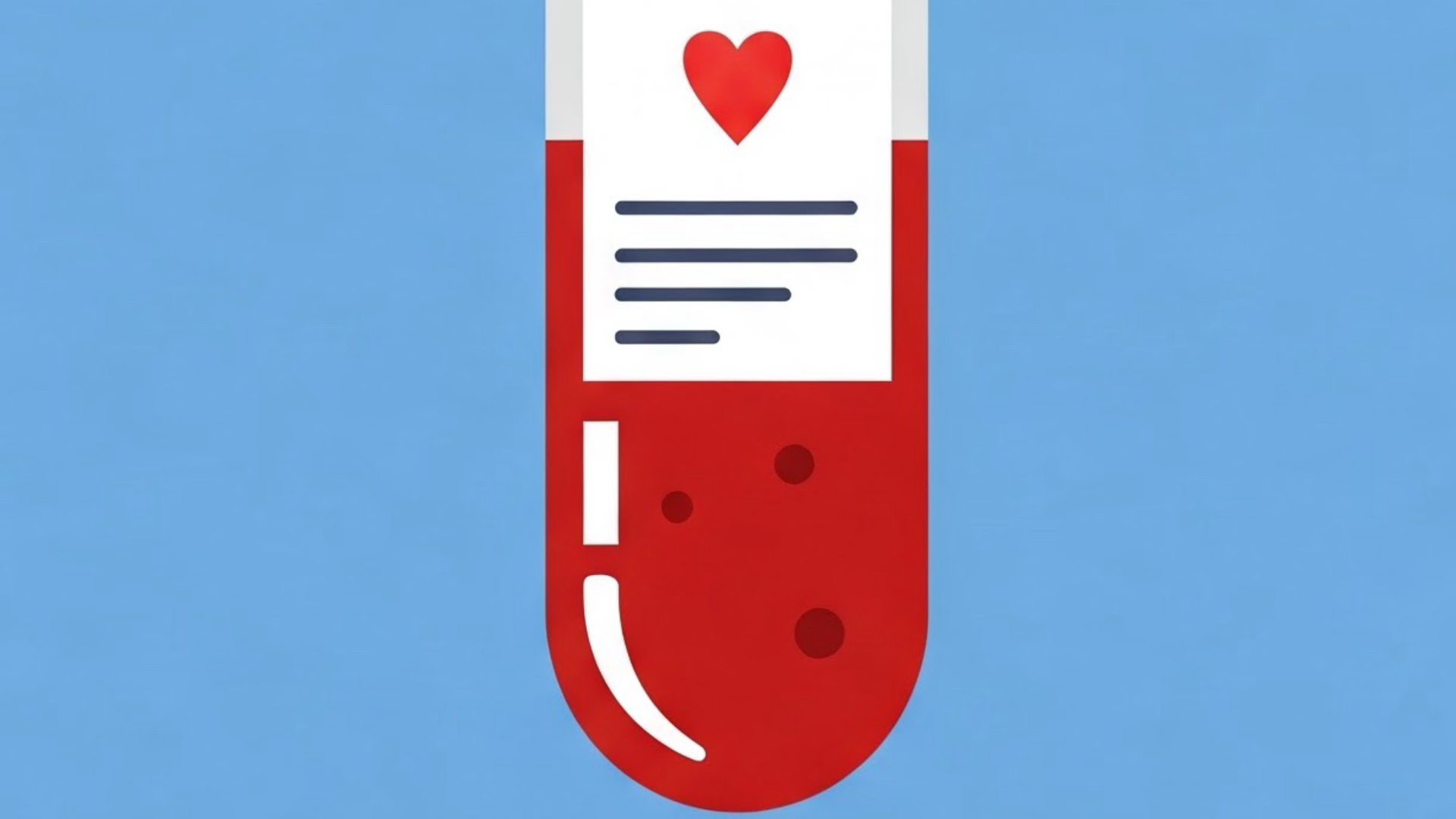
Although seemingly unrelated, the Hemoglobin A1c test measures the average blood sugar levels over the past 2-3 months by assessing the percentage of hemoglobin that 1 has glucose attached to it. This test indirectly relates to the blog post's mention of DNA carrying genetic information and the fundamental processes occurring within cells, which are dependent on energy derived from glucose metabolism. It highlights a practical application of understanding basic cellular function.
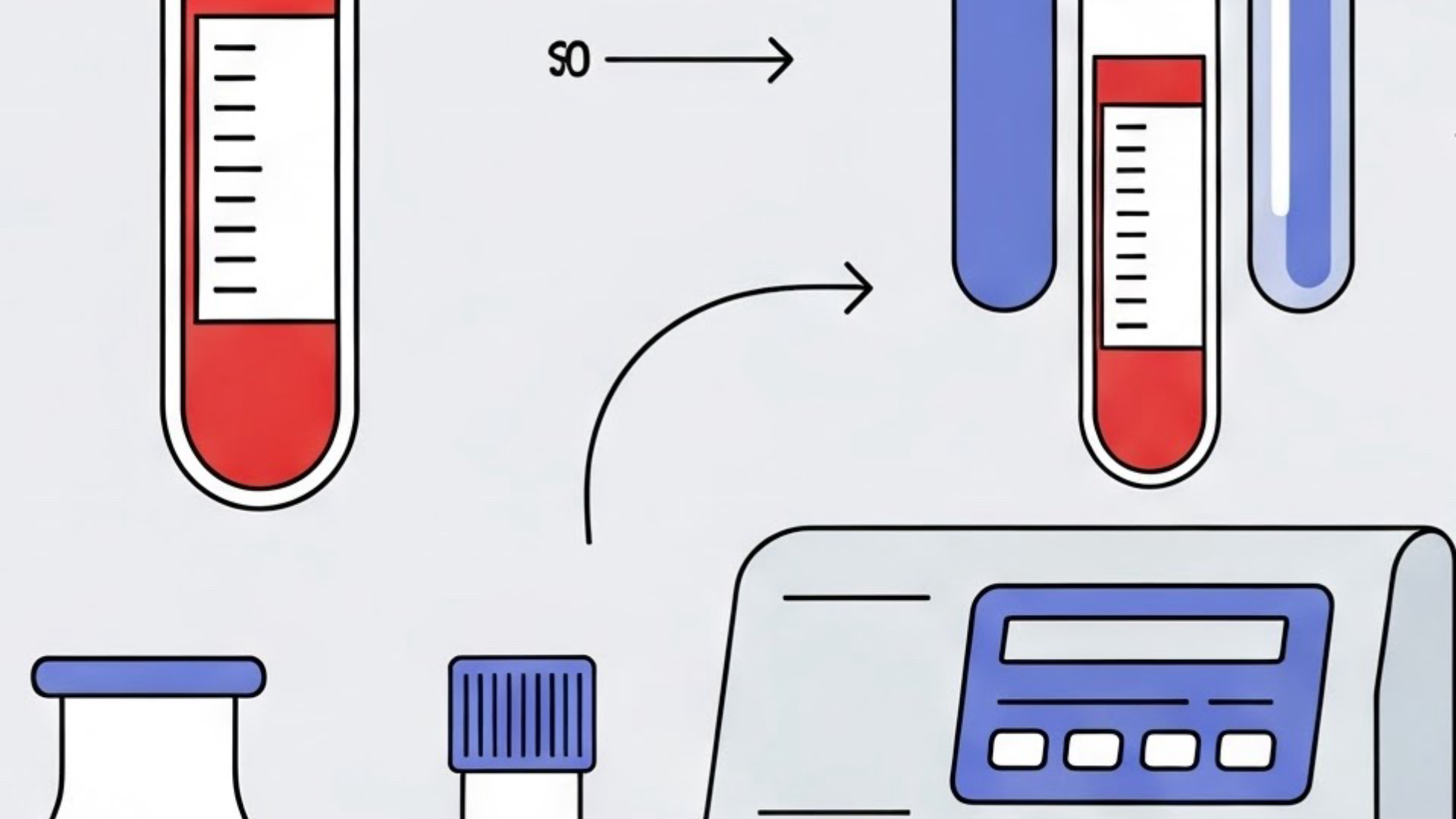
Comprehensive Metabolic Panel (CMP)
This panel includes a variety of tests that provide information about the body's metabolism, including glucose levels, electrolyte balance, kidney function, and liver function. Since cells are the site of metabolic processes, this panel offers a broader view of the overall biochemical environment in which cells function, connecting to the idea of the cell as the basic functional unit of life.
Read next
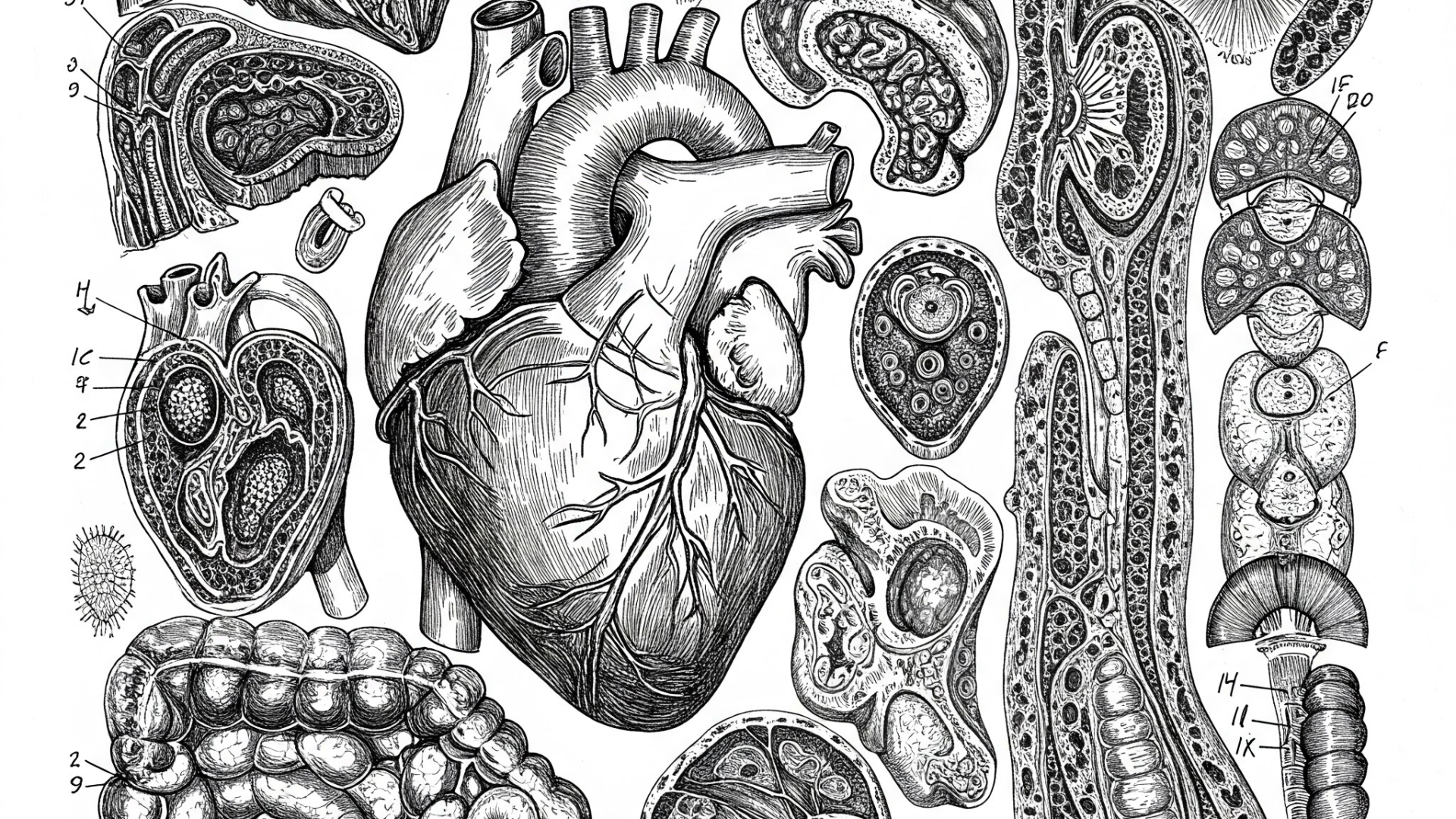 Written on 01/01/2025
Written on 01/01/2025What are the key differences between anti-centromere and anti-scleroderma 70 antibodies in scleroderma, and how do they impact diagnosis and prognosis?
Scleroderma, a complex autoimmune disease, presents diagnostic and prognostic challenges. Understanding the roles of anti-centromere and anti-scleroderma 70 (anti-topoisomerase 1) antibodies is crucial for effective management. This post will delve into their key differences and clinical implications. Read more
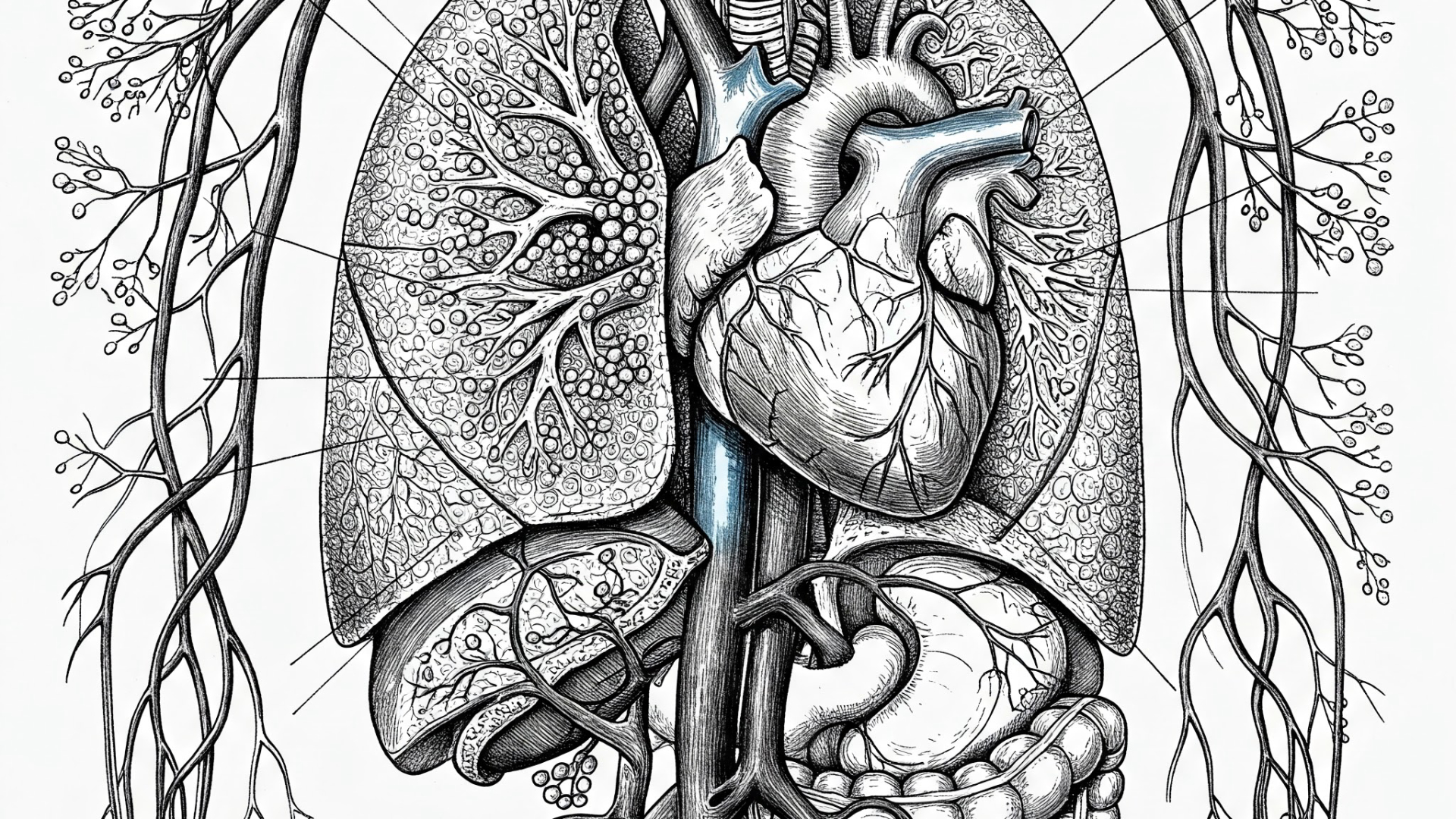 Written on 03/05/2025
Written on 03/05/2025How Do Ventilation and Perfusion Differ Across Lung Zones, and What Are the Implications of V/Q Mismatch in Respiratory Health and Disease?
Understanding how air and blood flow work together in your lungs is key to grasping respiratory health. This post dives into the concepts of ventilation (air in) and perfusion (blood flow) in the lungs, exploring how they vary and why these differences matter. Read more
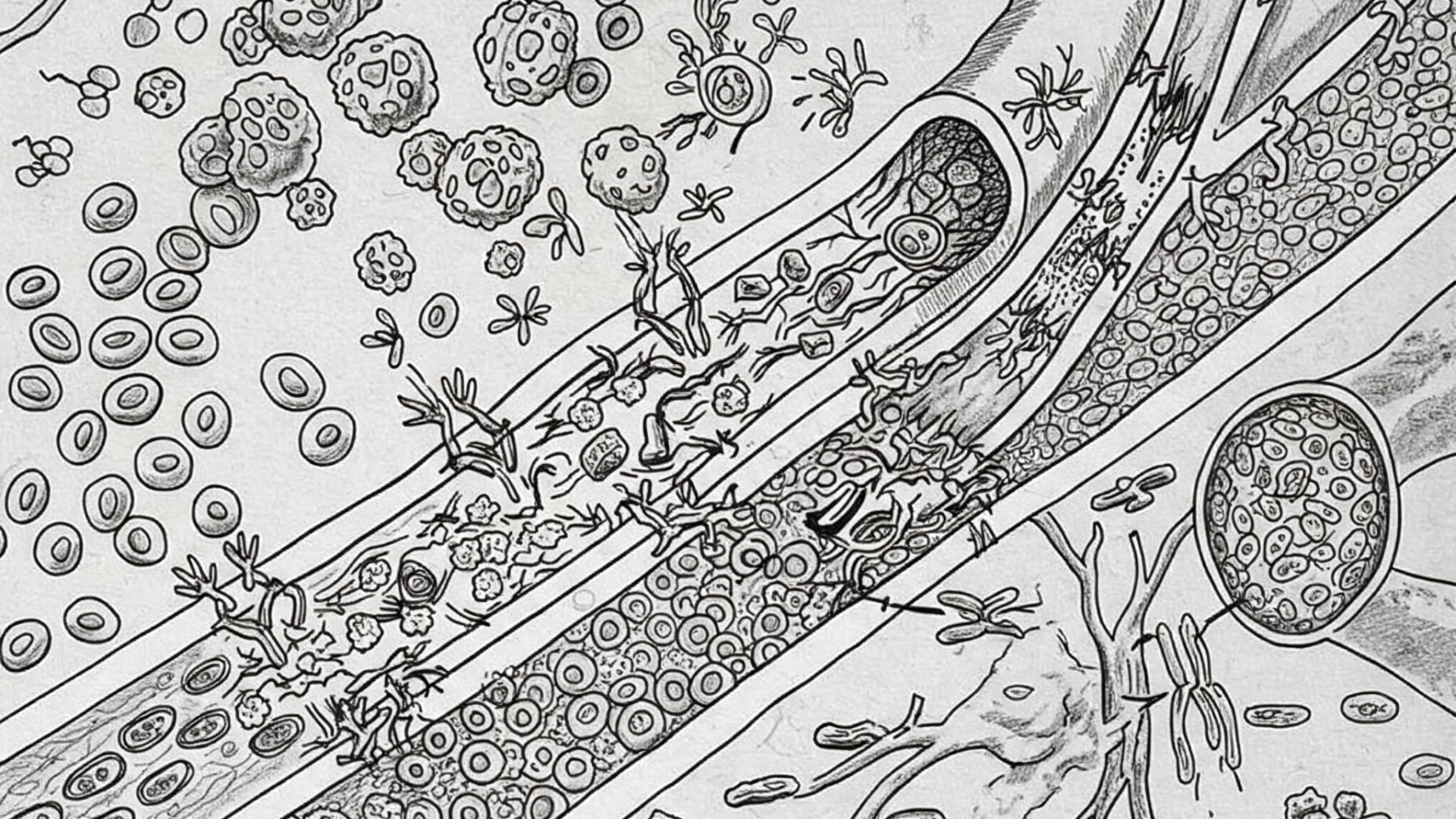 Written on 02/07/2025
Written on 02/07/2025What is ANCA-associated vasculitis, how does it damage blood vessels, and what are the key treatments for this autoimmune condition?
ANCA-associated vasculitis is a group of autoimmune diseases characterized by inflammation of small and medium-sized blood vessels. This inflammation, or vasculitis, can lead to significant damage, potentially causing tissue ischemia and aneurysms. The presence of anti-neutrophil cytoplasmic antibodies (ANCA) in the blood is a hallmark of these conditions. Read more
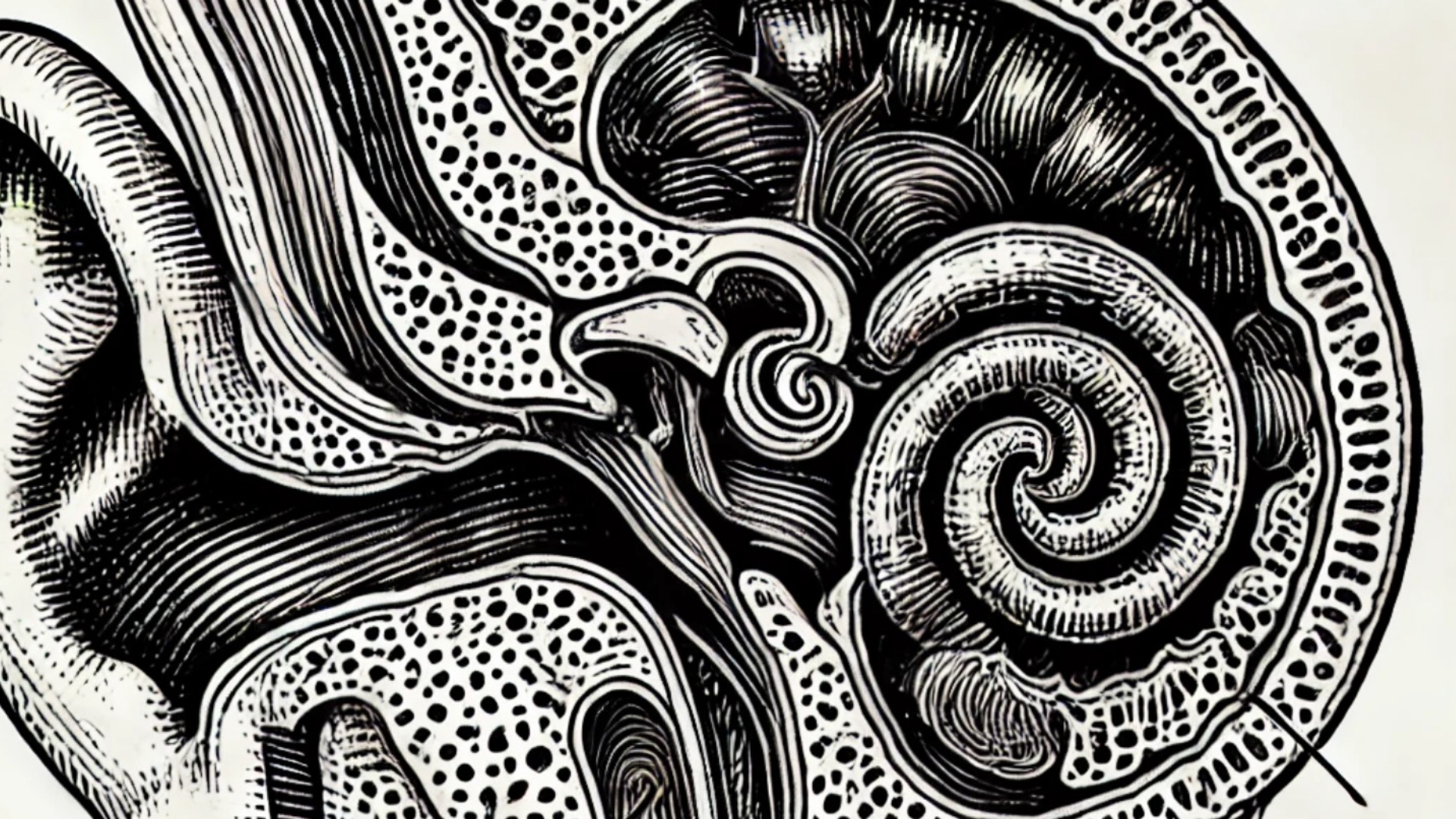 Written on 02/22/2025
Written on 02/22/2025What Is Tinnitus? Causes and Treatment
Tinnitus is a perception of noise or ringing in the ears or head when there is no external source of sound. Read more